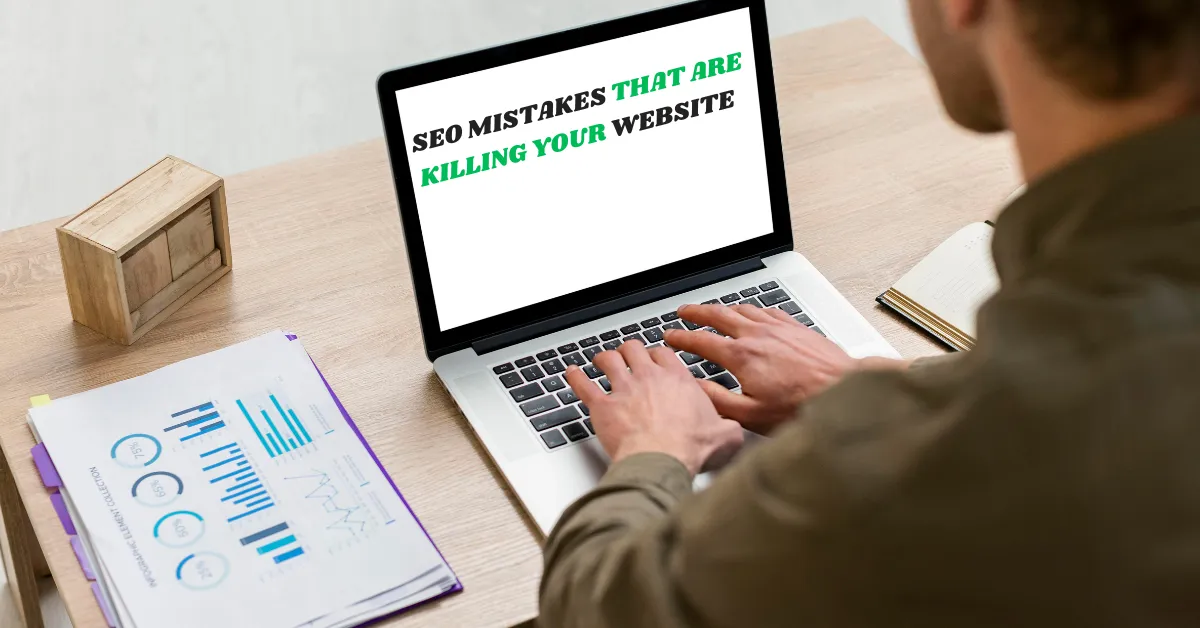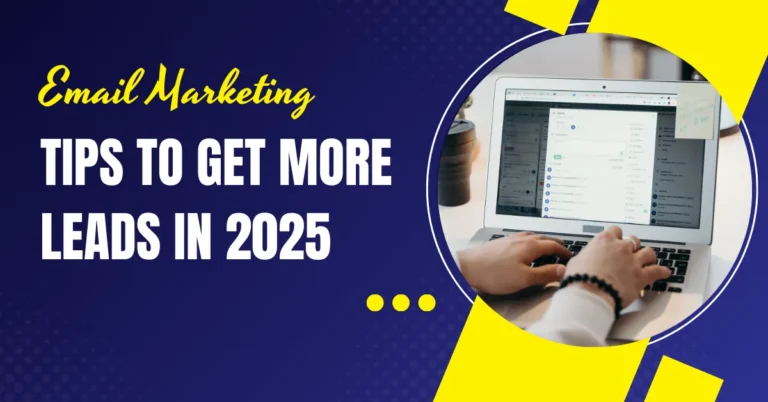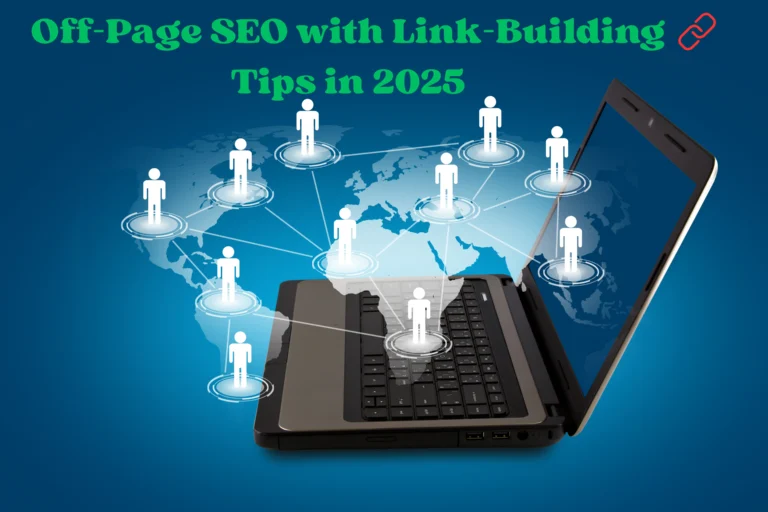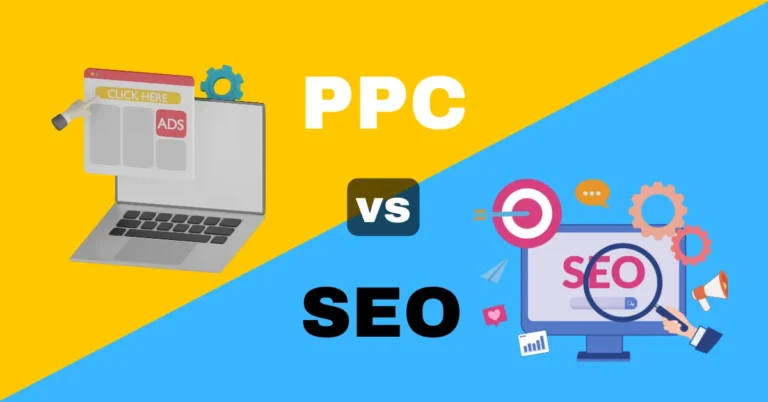- Mistake 1: Ignoring Keyword Research
- Mistake 2: Keyword Stuffing
- Quick Fix:
- Mistake 3: Not mobile-responsive
- Mistake 4: Missing Meta Titles and Descriptions
- Mistake 5: Duplicate Content
- Mistake 6: No Internal Linking
- Mistake 7: Slow Page Speed
- Mistake 8: Not Simplifying Old Content
- Mistake 9: Building Low-Authority Backlinks
- Mistake 10: Use of Google Analytics & Search Console
- Conclusion:
In the modern digital world, simply having a website isn’t acceptable. If your site doesn’t show up in Google search results, you are almost invisible to your readers. That’s where understanding and avoiding SEO mistakes become crucial. SEO is the reason behind your website’s visibility or organic traffic.
Done right, SEO can deliver a harmonious inflow of readers laboriously searching for your products, services, or content. But then there’s the catch: poor SEO practices can damage your rankings, reduce your credibility, and quietly kill your website’s growth eventually.
Numerous site owners intentionally sabotage their efforts by making avoidable SEO mistakes. Whether it’s keyword stuffing, ignoring mobile optimization, or neglecting meta descriptions, these mistakes can quickly add up.
In this blog, we will discuss the top 10 SEO mistakes that are killing your website in 2025. You will learn what these miscalculations are, why they hurt your traffic, and how to fix them using proven best practices.
It doesn’t matter if you’re new to digital marketing or not. This guide will help you boost your rankings and reach the right people through better SEO.
Mistake 1: Ignoring Keyword Research
Keyword research is the determination of effective on-page SEO techniques. It tells you perfectly what your public is searching for and helps you create content that matches their needs. Yet, many website owners skip this step and rely on guesswork. The result? They target the wrong phrases and attract the wrong people.
One common misconception is thinking you already “know” what people are looking for. But without data to back it up, you are just walking in the dark. Proper keyword research determines search volume, difficulty, and reader intention.
Skipping this step is a critical SEO mistake that heavily affects your reach in search engines. Your content may be strong, but if no one’s looking for it, you won’t get traffic.
Mistake 2: Keyword Stuffing
Keyword filling is the outdated practice of overfilling a page with keywords in the hope of advanced ranking. Back in the early days of SEO, it might’ve worked. But at the moment, it’s a major red flag that can harm your rankings.
With Google’s advanced algorithms like BERT and RankBrain, search engines now understand the environment and meaning. This means unnatural reiteration of keywords doesn’t help; it hurts. It makes your content sound robotic, reduces readability, and leads to a poor reader experience.
Worse yet, Google can penalize your site for trying to manipulate rankings through inordinate keyword operations—a classic SEO mistake. This not only affects your visibility but also damages your brand credibility.
More Approach
Use semantic SEO by using LSI keywords (latent semantic indexing) and related terms naturally throughout your content. Focus on answering the reader’s intent, not just matching exact expressions. Write like you’re talking to a real person, not a searching machine.
Flashback quality beats volume when it comes to keyword operation.
Quick Fix:
Utilize software like Ahrefs or SEMrush to find long keywords and intention-based search results. These are more specific, less competitive, and more likely to convert.
Mistake 3: Not mobile-responsive
At present, mobile traffic makes up more than 60% of all web traffic. If your site is not specially designed for phones and tablets, you are losing a large amount of traffic.
Google now uses mobile-first indexing. It primarily evaluates your mobile version when deciding how to rank your pages. A website that’s hard to navigate on mobile will suffer in both rankings and user engagement.
A poor mobile stoner experience (UX) leads to advanced brio rates, lower time-on-point, and smaller transformations. Whether it’s a textbook that’s too small, buttons too close together, or slow cargo times, mobile-unfriendly design sends a signal to Google that your point doesn’t serve druggies well.
How to Fix It:
Use smart design so your layout adapts to different screen sizes. Test your point using Google’s mobile compatibility test to identify issues. Also, consider optimizing images and reducing gratuitous laws to ameliorate loading speed on mobile devices.
Mobile benevolence is no longer just “nice to have”—it’s critical for SEO in 2025.
Mistake 4: Missing Meta Titles and Descriptions
Meta titles and meta descriptions are the first items viewers see in SERPs. They act like mini-advertisements for your page, impacting whether readers click.
Yet numerous websites either leave them blank, use identical metadata, or produce inapplicable, keyword-less titles. These miscalculations reduce your click-through rate (CTR) and hurt your chances of ranking well, indeed, if your runner content is excellent.
Best Practices:
- Keep meta titles under 50 sentences
- Limit meta descriptions to 150–160 sentences
- Include your target keyword early.
- Write a compelling blurb that matches the searcher’s intent.
Use tools like Portent’s SERP Preview Tool or Yoast SEO (for WordPress users) to see how your metadata appears in the search results.
Well-drafted meta titles and descriptions don’t just ameliorate SEO; they directly boost your visibility and organic business.
Mistake 5: Duplicate Content
Duplicate content is defined as content that is available on other websites on the internet. This could be on your site or across other websites. It confuses Google’s algorithms, making it difficult to determine which page should rank, ultimately hurting both pages.
Common examples include:
- Copying articles from other websites (even with credit)
- Publishing the same content across multiple internal pages
- URL variations causing the same page to appear multiple times
How to Fix It:
- Use Copyscape or Siteliner to determine duplicate content
- Utilize historic tags to point search engines to the preferred version
- Regularly rewrite or combine similar pages
Google wants to rank the most original content. Avoiding duplicates means your strategies are focused on where they will have an effect.
Mistake 6: No Internal Linking
Internal linking is one of the strongest on-page SEO methods. It helps both search engines crawl your site and valuable content.
Without internal links, your web pages exist in isolation. This prevents link quality from flowing and hurts the accessibility of pages.
How to Do It Right:
- Use a silo structure where connected content is grouped and linked
- Apply descriptive anchor text that clearly defines what the attached page is about
- Add links contextually
For example, a blog post about “on-page SEO” could link to your SEO audit services or related guides. Internal links improve SEO while enhancing the viewer experience.
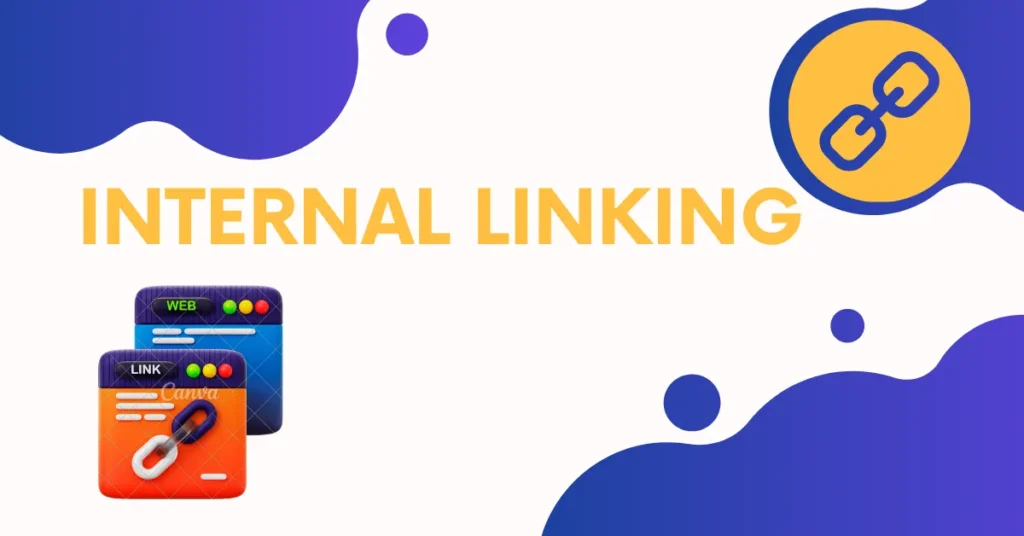
Mistake 7: Slow Page Speed
Website speed isn’t just a UX issue; it’s a verified ranking factor in Google’s algorithm. A slow-loading point is related to higher bounce rates.
Even a 1-second postponement in page load can decrease transitions by 7%. That’s a crucial mistake if you rely on web traffic for leads or sales.
How to Fix It
- Boost images by utilizing tools like TinyPNG.
- Use a Content Delivery Network like Cloudflare
- Influence hiding with plugins like WP Rocket.
Run your point through Google PageSpeed perceptivity or GTmetrix to identify speed backups.
The more briskly your points load, the better your rankings and the stronger your engagement will be.
Mistake 8: Not Simplifying Old Content
The process of SEO is not a one-time event; it is a continuous process. Old content, no matter how brilliantly written, is time to time to change your content. Google up-to-date content that directly mirrors the most recent search requirements and information.
Letting your content grow banal can result in lower rankings, lost backlinks, and lowered trust in your followership.
How to Keep Content Fresh
- Conduct regular content checkups.
- Utilize tools like Animalz Revive to find declining papers.
- Update outdated statistics, data, links, and screenshots.
- Add new sections, FAQs, or recent case studies to boost value.
You can track performance using Google Analytics to see which runners need love and Google Search Console to identify keywords slipping in rankings.
Mistake 9: Building Low-Authority Backlinks
Backlinks are one of Google’s most valuable determining factors. However, not all links are created similarly. While many believe that more backlinks equal excellent SEO.
Low-quality backlinks can damage your site’s reputation. So, avoid any irrelevant backlink creation.
What to Avoid:
- Links from sites with little authority
- Paid or deceitful backlinks
- Automated link-building software
How to Reach High-Quality Links:
- Guest posting on related niche authority sites
- Partner with bloggers in your industry
- Use digital PR to get mentioned in the news.
Tools like Ahrefs and Moz Link Finder will help you detect backlink authority. Utilize the Google Console to turn off illegal links if necessary.
Mistake 10: Use of Google Analytics & Search Console
If you are not managing Google Analytics and Google Search Console, you are running your SEO campaigns unsighted.
These instruments show you what is successful, what is not, and where you are losing possible traffic by giving you crucial information on the performance of your website.
Key Metrics to Track:
- Click Through Rate (CTR): Are users clicking your search listings?
- Bounce Rate: Are they leaving right away after landing?
- Keyword Performance: What terms are leading to traffic?
- Coverage Issues: Are any pages not being indexed?
Basic Setup & Use:
- Connect your site to both platforms
- Submit your sitemap via the Search Console
- Set up goals in Analytics
Use the insights to simplify struggling pages, identify content proposals, and fix specialized issues that may be harming your visibility.
Conclusion:
If your website is not attracting the traffic you imagined. You are making SEO mistakes. From skipping keyword exploration to creating low-authority backlinks, each of these errors can effectively destroy your SEO.
Effective SEO demands more than just publishing content; it requires a perfect balance of improvement. Whether it’s designing for fast page speed or updated blog posts, every small detail plays a part in how well you appear on Google.
If you are struggling with any of these SEO challenges, our expert team at Boost Zonic is here to help. We offer SEO audits, content updates, link-building explanations, and performance tracking. Let’s optimize your website the right way and start with confidence today.

